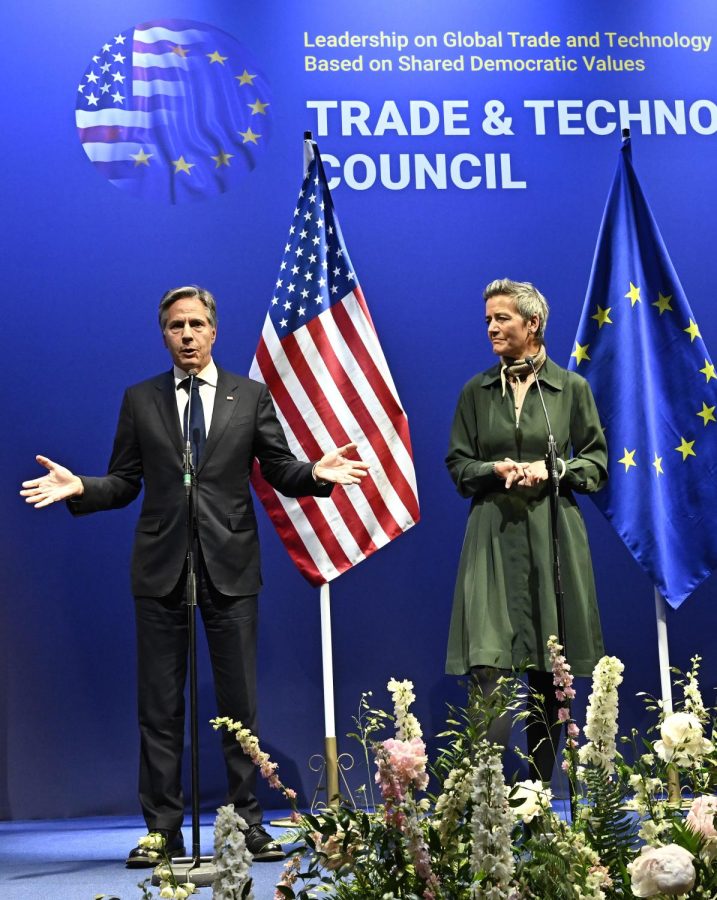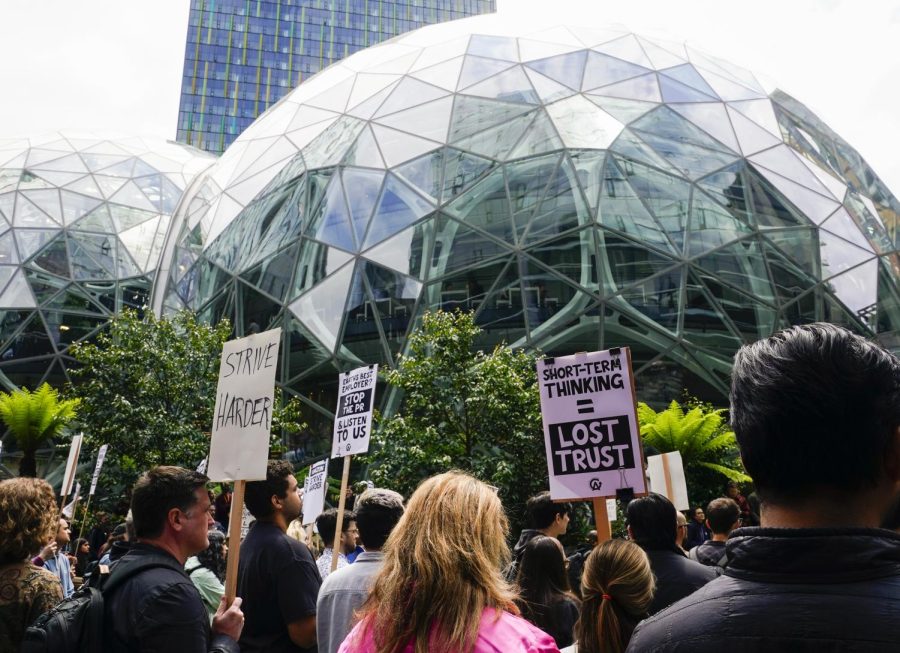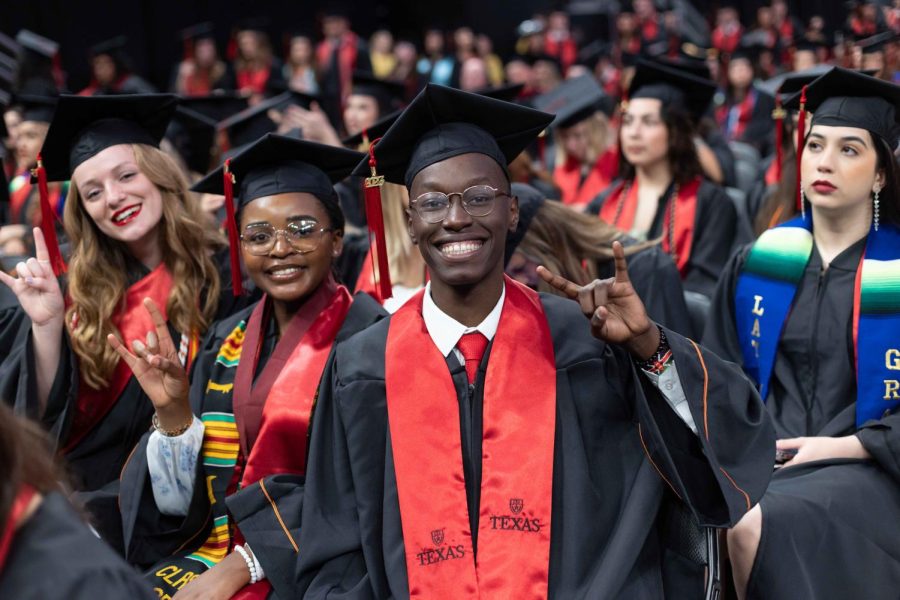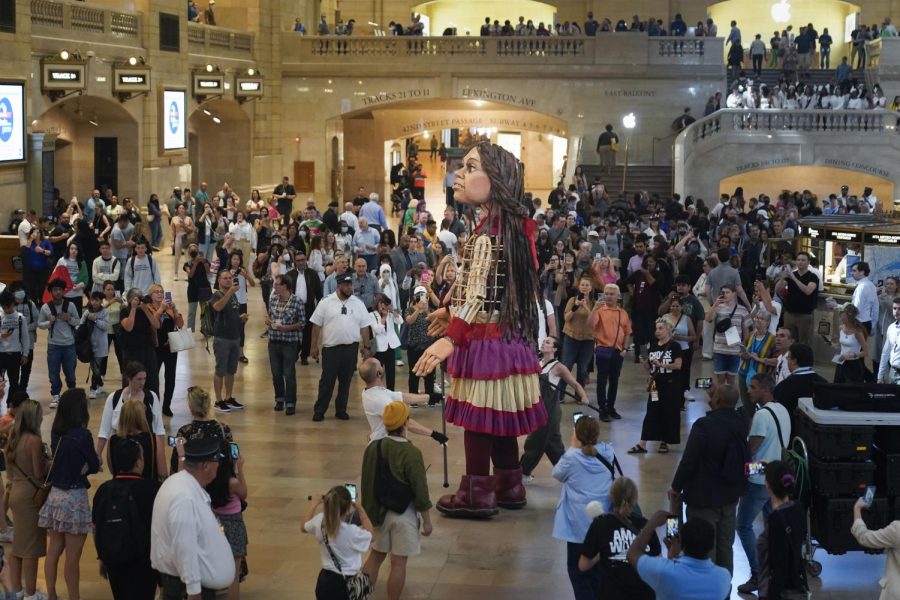MARTHA MENDOZA
Associated Press
SAN JOSE, Calif. — Google has had more trouble diversifying its workforce than its computer scientists have had writing programs that respond to search requests in the blink of an eye or designing cars that can navigate traffic without a human behind the wheel.
When the Silicon Valley giant issued a gender and ethnic breakdown of its workforce this week, it showed that of its 26,600 U.S. employees, 61 percent are white, 30 percent Asian, 3 percent Hispanic and 2 percent black. Thirty percent of its employees are women.
Blacks and Hispanics make up about 30 percent of the the nation’s population.
“Google is miles from where we want to be,” said Laszlo Bock, head of personnel at Google.
He said the biggest factor in the diversity disparity is a shortage of students majoring in computer science or other technical fields in college.
“There is an absolute pipeline problem,” he said in an interview Wednesday with “PBS NewsHour.”
Google said that in one year, there were just two black people with new doctorates in computer science on the job market. The company hired one of them, and Microsoft hired the other, Bock said.
But the educational choices of some minorities do not entirely account for the lack of diversity at technology companies.
Google sells $50 billion in advertising annually, a task that required more than 2,900 salespeople in the U.S. as of August. Just 79 of them, or 3 percent, were black. A total of 127, or 4 percent, were Hispanic. More than 2,000, or about 70 percent, were white.
Google attributes the racial gap to “unconscious biases” that have historically favored white people.
“We like people who are like us, who watch the same shows, who like the same food, who have the same backgrounds,” Bock told PBS.
To address the issue, Google has put more than 20,000 employees through 90-minute training sessions during the past year to help them become more aware of biases.
The company is also trying to do more recruiting at colleges with large minority enrollments. During the past year, Google has dispatched a specialist to work with historically black Howard University to draw up a curriculum that will give its graduates a better chance of competing for technology jobs. The program will be extended to five other campuses this fall.
Google is one of many high-tech companies that are pledging to diversify their workforces this spring under pressure from the Rev. Jesse Jackson, who made a similar effort 15 years ago.
“I’m disappointed. For the most part they have not improved,” Jackson said on Thursday. “Look at their board of directors and their c-suites. There’s a culture of exclusion.”
Google’s attempts come amid a renewed bout of advocacy from Jackson and the Rainbow PUSH Coalition, which have been leading delegations to shareholder meetings this spring at such companies as Google, Facebook, eBay Inc. and Hewlett-Packard.”
Jackson said that he hopes others will follow Google’s lead.
In 1999, when Jackson launched his first Silicon Valley initiative, 89 percent of Silicon Valley chairmen and CEOs were white, while the white-collar workforce was about 60 percent white and 31 percent Asian. Those figures have barely budged.
Russell Hancock, president of Joint Venture Silicon Valley, an organization focused on the local economy and quality of life, said one problem is that the sector moves swiftly.
“Silicon Valley moves at a pace that is unbelievable. It is a breakneck marketplace. So when you’re adding people, you don’t take time to cast a wider net,” he said.







